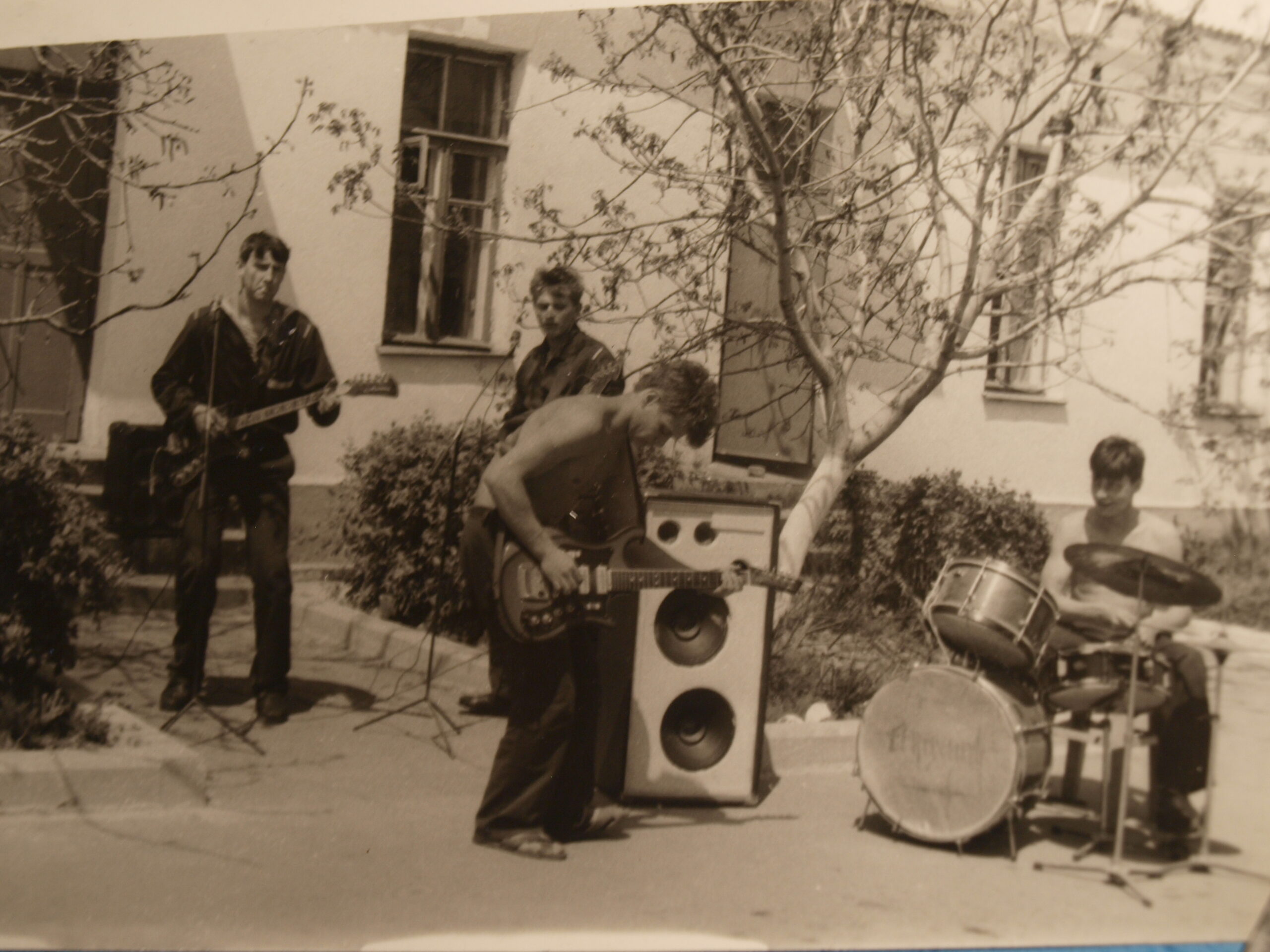My youngest boy has been obsessed with the British band Muse recently, much to our chagrin because we want him to obsess over classical music. But, no, he takes his violin out, and uses it as an air guitar to play Uprising. He used to have a small toy acoustic guitar, which he smashed last week. Now he wants an electric guitar.
Unplugged, an electric guitar is almost inaudible. Unless you are close by, you can’t hear it. However, plug it into the proper amplification, and the guitar’s sound can fill a large city block.
Human beings play the part of amplifier as well, to an instrument that I call the Little Voice.
This article presents what the Little Voice is, what I think its origin is, and how to use it. Once you understand that last part, you will become unstoppable.
What is the Little Voice?
When you are talking to a good liar, but you can tell they’re lying, how do you know? A good liar will never come out and say “I’m lying, sucker!”, and won’t give away any obvious clues.
It’s hard to put your finger on the “tell”, or the unconscious mannerism or combination of facts, that gives away the lie.
For another example, when viewing an AI generated image, you just can tell it’s not real. What in the image gave it away? Usually, after studying the picture a bit, you can find what actually tipped you off – uniformly unfocused lights, too many knuckles on the hand, face is too symmetrical, etc. But when you felt that tug that says “wait, this isn’t real…”, it wasn’t the result of logical deduction. It was almost an unconscious thought.
The rule of thumb here is, if you think a person or image is lying, you’re probably right!
That hunch you feel is the presence of the Little Voice.
The Little Voice is Quiet
As we go about our days, conscious thoughts hold reign. “Ugly pants”, “I need to email my boss”, “Pick up some toothpaste before getting home”, “ugh, that stinks”, and so forth.
That Little Voice is there too, just too drowned out to hear.
But if you can quiet down the loud voices and listen, you can hear that little guy, giving you all kinds of great ideas.
Sometimes you might experience this is while reading, or while meditating (if you do that kind of thing), while praying, or while dreaming.
For example, maybe one day you were pounding on a problem you found hard to solve, like a math problem or where to sit your Mom during Thanksgiving. Upon waking up the next day, you realize that the solution came to you in a dream. That’s your Little Voice too.
Your Little Voice is what gives you your next great idea, helps you out of tough situations, and comes up with great punchlines to jokes. It’s the true source of your creativity.
Who is the Little Voice?
The concepts of the “conscious” and the “subconscious” mind are pretty standard in modern culture. You can think of the Little Voice as messages that get through to your conscious observation from your subconscious mind.
While you’re going about your day, your subconscious is working out of sight. It takes whatever information you give it, like when you read a book, take a class, or watch a movie, and then it tries to make sense of it. The products of that work pop into your mind, as ideas.
So, is the Little Voice, your voice?
I read a great book recently, The Artist’s Way by Julia Cameron, all about how to reawaken your creativity. Reading that book is really what got me all excited about the Little Voice, though I’d had this concept from years ago. In it, Cameron suggests that that Little Voice is actually the voice of God. Then, she waves her hands a bunch to say you don’t have to believe in a great, bearded gentleman in the sky for her methods to work.
But I think she’s not wrong. I think it’s one way that God expresses His love for His creation – he talks to us, and helps us.
At the very least, it’s a playful, childlike part of you, that pipes up when you are listening for it.
Whoever that voice belongs to, when you hear it, you should follow its advice.
Learn to tune in that Little Voice
Here are a few techniques that I use to hear my own Little Voice better. Maybe some of them will work for you.
- Walking
A simple ten-minute walk fills that playful side of you with new sensations and helps you quiet the noise.
- Praying
An ancient way to listen to that voice, the ultimate goal of prayer is to listen for the voice of God.
This practice helps you squeeze out all the “pus-thoughts” to clear a space for creativity.
- Taking Action
This is the most critical step. Cameron describes the voice like a curious child—you must follow its whims to show that you’re listening and encourage it to keep talking.
Like the electric guitar, that Little Voice inside you is tiny and quiet. It is only through you that its will can be made manifest. You are the amplifier. Let that Little Voice sing.
If you liked this article, please leave a comment below, share it with someone you know, and get on my email list!

Leave a Reply